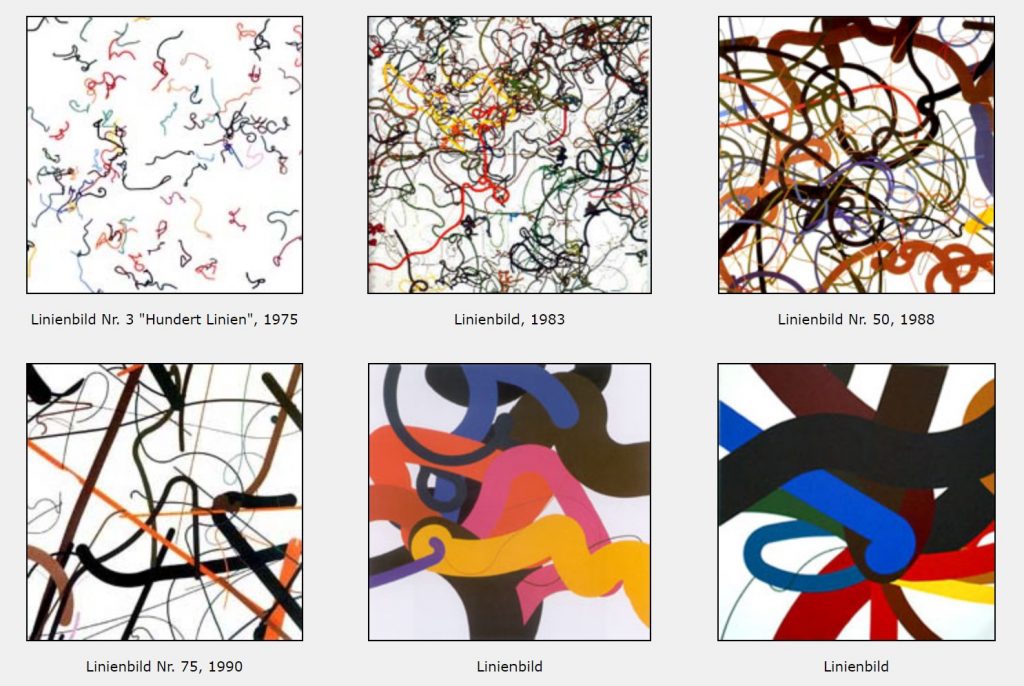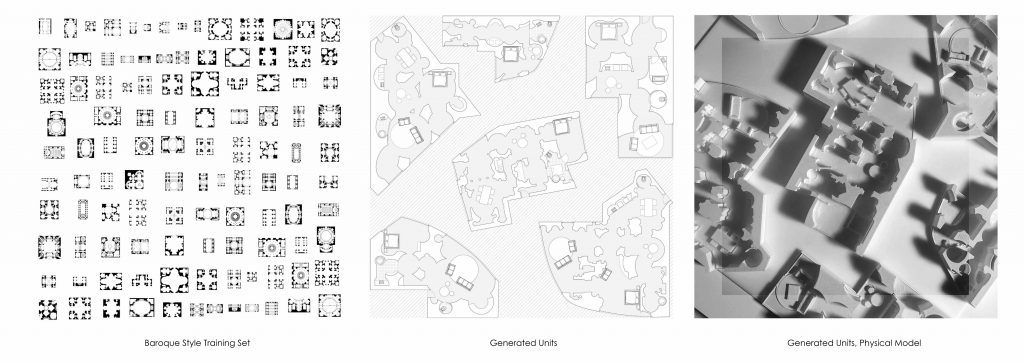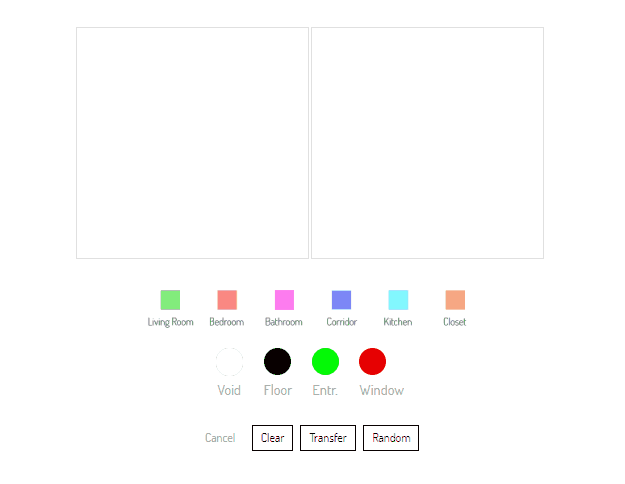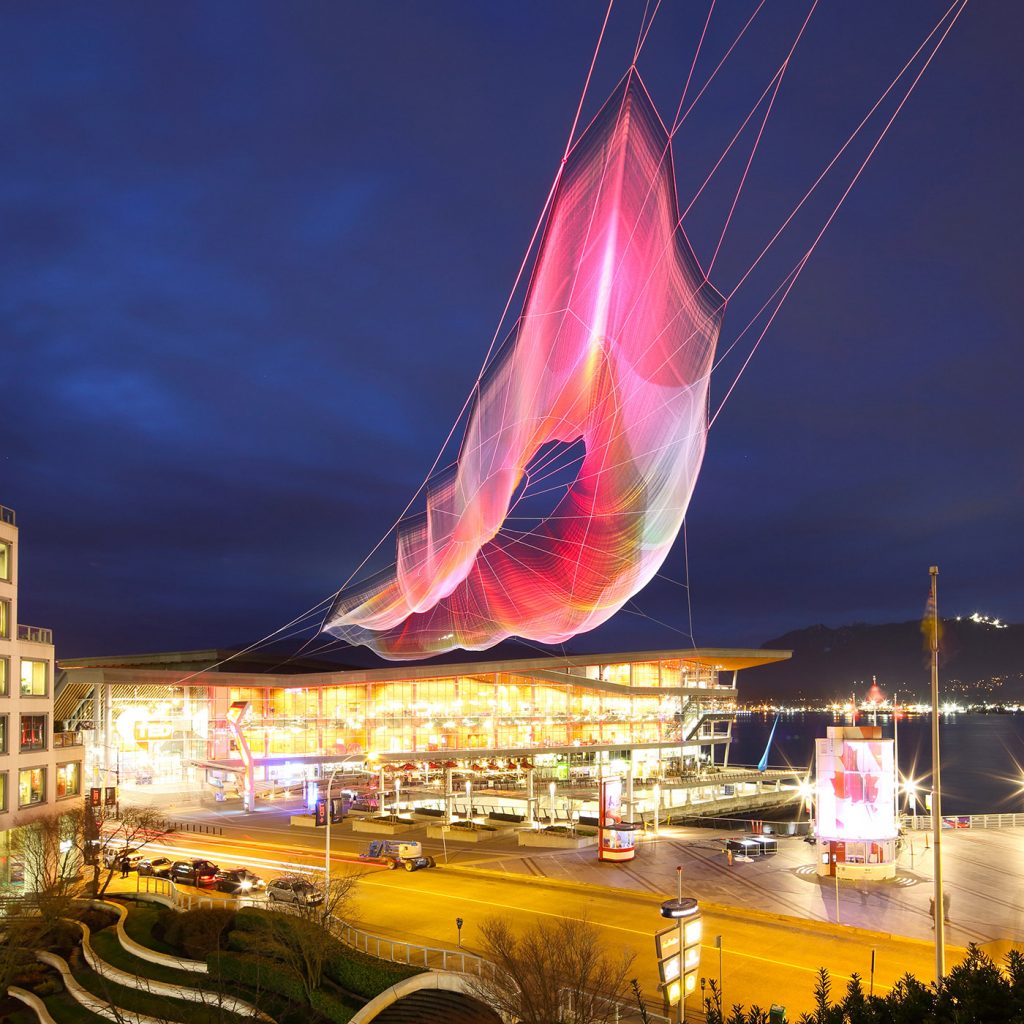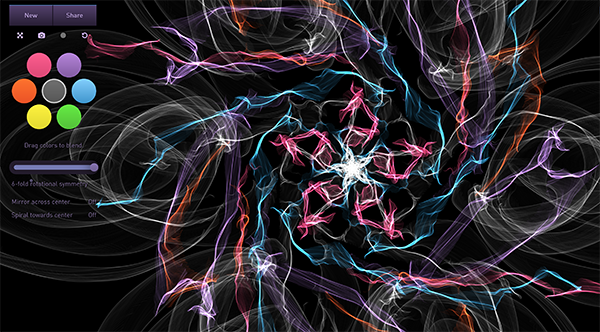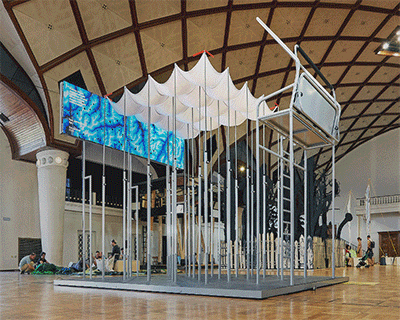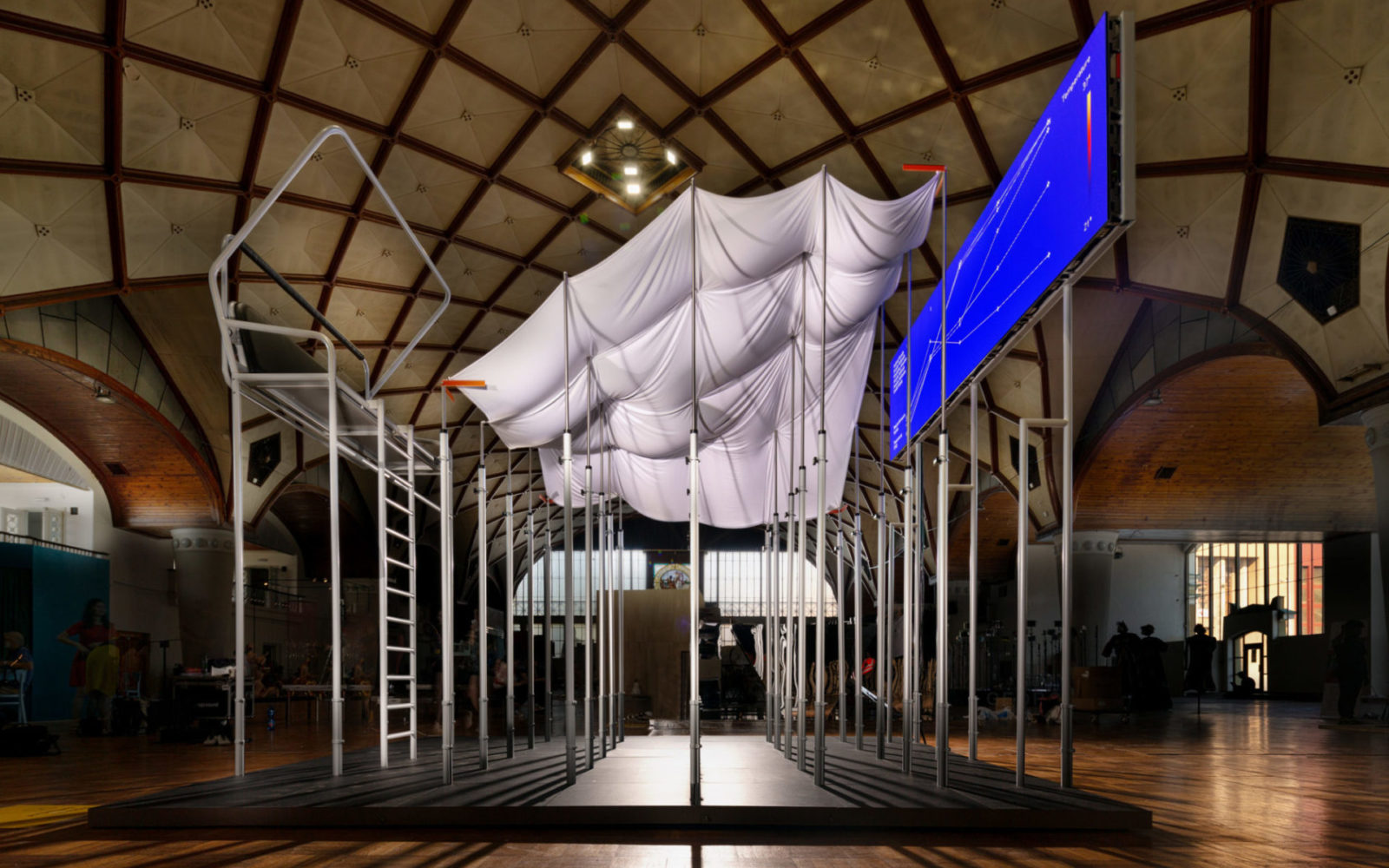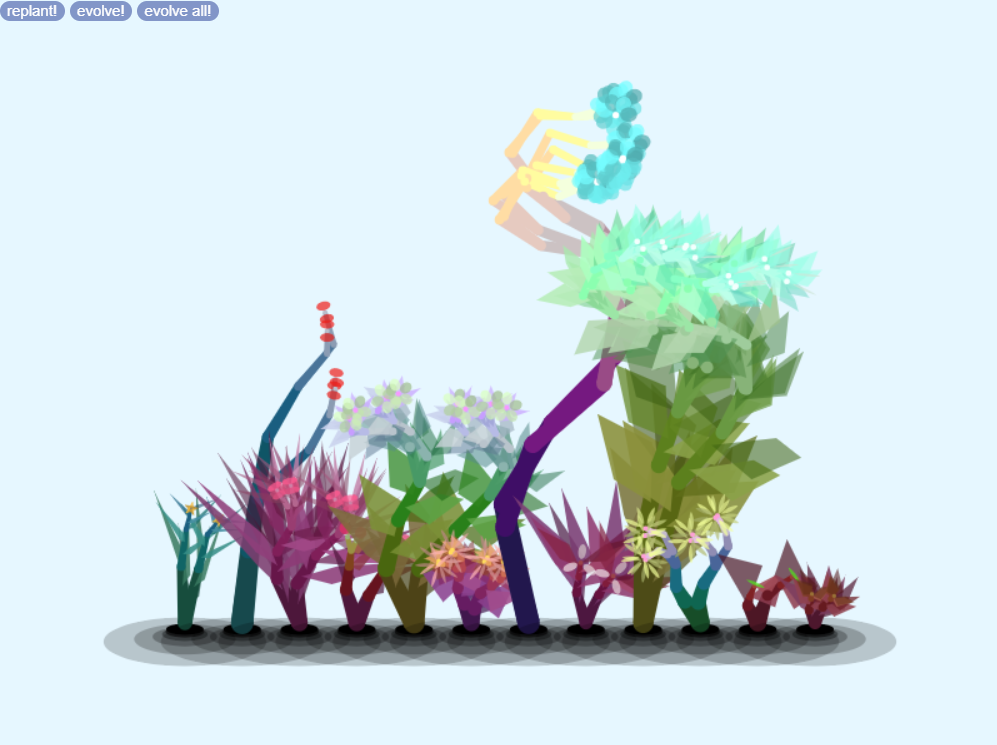An Interactive Wall That Moves According to Hand Movement
An interesting example of generative art I found online is a project called “Breathing Wall II” built in 2014 by Behnaz Farahi, an architecture professor at USC.
According to Farahi’s website, the “Breathing Wall” installation is made out of wood, PVC, and fabric, and its directly controlled by an Arduino that interacts with a Leap Motion system and depth camera to capture hand movement. The hand motions and signals are processed using DC systems and algorithms and then projected on the wall as contour lines, as well as the changes in the wall surface and color.
What I like most about this project is its exploration of the relationship between movement and the material, light, and color of the physical system. This installation gives its users the power to interact and impact their environment by allowing them to use intuitive controls like swiping and tapping to directly disturb the form and color of the wall, which contributes to a sensational experience. In my opinion, this art that is adaptive and involves activity from the user is the most compelling form of art.


Behnaz Farahi is known for her exploration in computational design, specifically with the use of interactive and motion based installations. Her work aims to connect human experience with structure as the focus is on how intuitive human motions and movement can impact a system. In addition to wall like installations, she has also designed interactive clothing and ceilings, which can be found on her website.
![[OLD FALL 2019] 15-104 • Introduction to Computing for Creative Practice](../../../../wp-content/uploads/2020/08/stop-banner.png)

